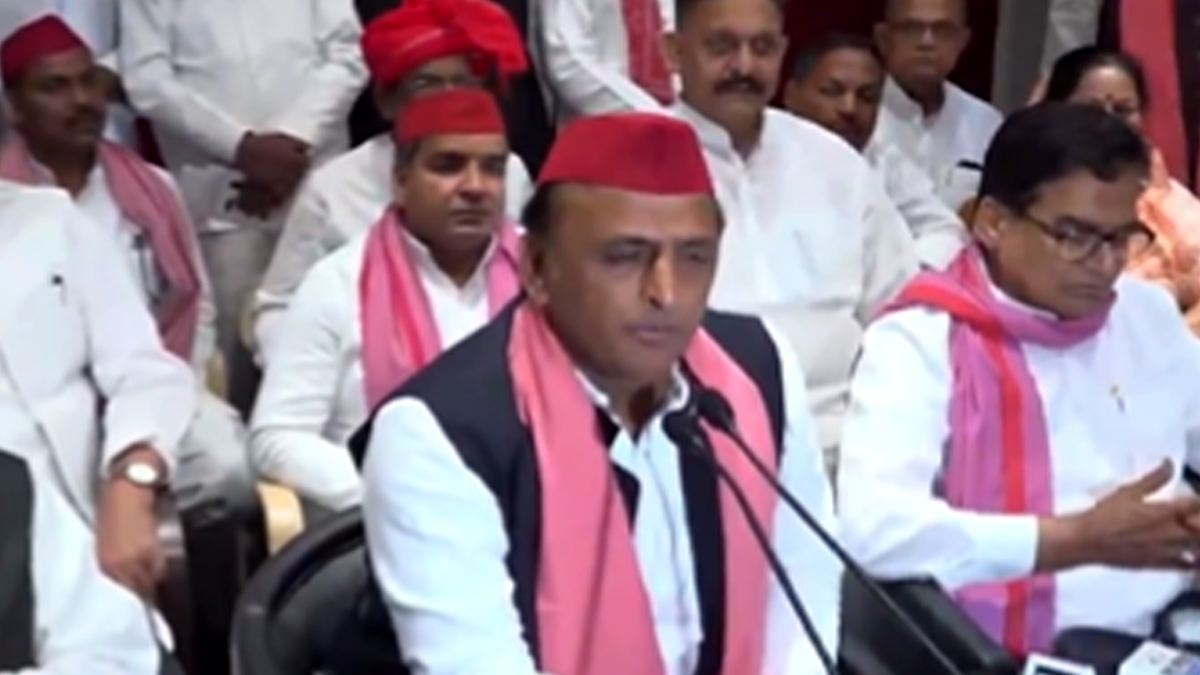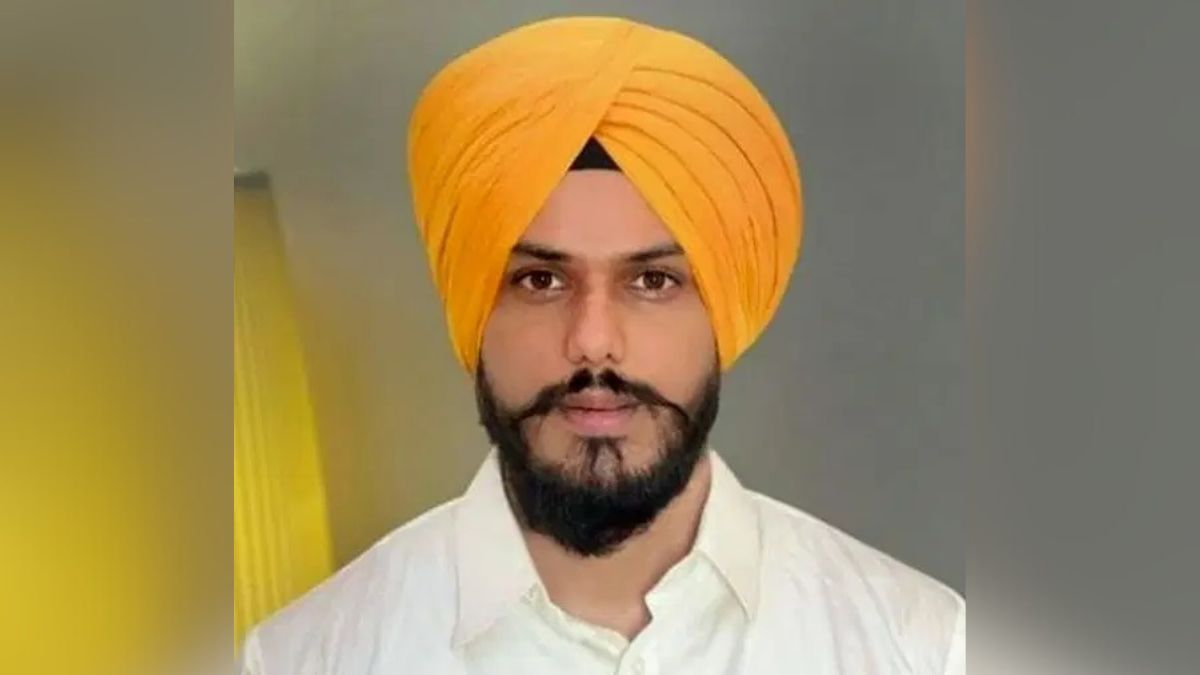india
Kochi Christian Convention Blast: 1 Dead, 36 Injured in IED Explosion
Kerala DGP Shiek Darvesh Sahib: Initial findings indicate an IED explosion with explosive traces found at the scene.

india
Akhilesh Yadav Criticizes UP Govt on Hathras Tragedy
Akhilesh Yadav accuses the UP government of deflecting responsibility for the Hathras stampede by making minor arrests, calling for a judicial inquiry.
india
Bihar Takes Action on Bridge Collapse
Bihar suspends 16 engineers for bridge collapses; investigation reveals negligence. Accountability measures underway.
india
Amritpal Singh to Take Oath as MP Amidst Controversy
Amritpal Singh, pro-Khalistani leader and ‘Waris Punjab De’ chief, is set to take oath as Lok Sabha member on July 5 despite being in jail.
-

 india1 year ago
india1 year ago“Major Crash of Sukhoi Su-30 and Mirage 2000 Fighter Jets in Madhya Pradesh”
-

 Sports1 year ago
Sports1 year agoWFI meetings on April 16, elections likely to be discussed
-

 india1 year ago
india1 year ago“AIMIM to Contest 50 Seats in Upcoming Telangana Assembly Elections”
-

 Entertainment5 months ago
Entertainment5 months agoAnant Ambani: Controversy at the Ambani Pre-Wedding Bash
-

 Entertainment1 year ago
Entertainment1 year agoRajinikanth is Moideen Bhai in ‘Lal Salaam’
-

 Karnataka1 year ago
Karnataka1 year agoPM Modi’s visit to Bandipur on April 9: Safari, home stay, resort closed from tomorrow
-

 india12 months ago
india12 months agoHaryana Violence Erupts During Religious Procession, Leaving Several Injured
-

 Karnataka1 year ago
Karnataka1 year agoLaxman Savadi Joins Congress After Denied BJP Ticket


















